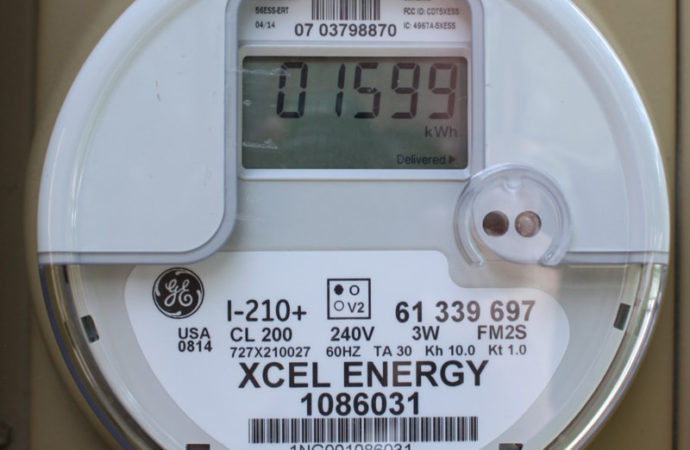The purpose of this blog post is not to state the Independence Institute’s position on Community Choice Energy Programs (CCE). It is, however, written to help foster a better understanding of CCEs and Representative Hooton’s bill HB20-1064: “Public Utilities Commission Study of Community Choice Energy.” If the bill passes, it will not revolutionize the way Colorado is powered overnight, but it may begin the process of introducing more choice into the electric power sector.
According to a National Renewable Energy Laboratory (NREL) report, community choice energy programs first appeared in the late 90s, and most of them formed as an attempt to reduce electricity rates. Currently, there are eight states that have adopted legislation permitting them – California, Illinois, Massachusetts, New Jersey, New York, Ohio, Rhode Island, and Virginia.
As discussed in the NREL report mentioned above, there are two types community choice energy program structures – the opt-in model and the opt-out model. Thus far, in all of the eight states that have permitted the development of CCEs, statutory language authorizes the opt-out model, meaning that by default, ratepayers living in a service area of a newly established CCE are automatically enrolled into it. This is a prevailing characteristic because the opt-out model has historically achieved far better rates of participation and has enabled CCEs to actually form. For instance, in New Jersey, while CCE legislation was adopted in 2003, the first community choice program did not develop until 2012, which was the same year the state legislatively allowed the opt-out model to be used. Just as the name suggests, though, ratepayers are not captive and can leave, or “opt-out” anytime.
CCEs give communities more freedom to choose their electricity generation portfolio, and because they typically enter into contracts with newly built natural-gas plants and wind and solar farms, they’ve been able to capitalize on lower contractual prices and offer cheaper rates to participants than the entrenched investor owned utilities (IOU). They can also allow for more local energy procurement, and in California, some CCEs are encouraging the development of rooftop solar by implementing a feed-in tariff (i.e., paying rooftop solar owners a fixed price for the electricity the panels produce).
Under a CCE, the IOU continues as the bill collector and the operator of the transmission and distribution networks (T&D). A CCE is thus not responsible for building out T&D but pays a fee, which is passed onto their customers, for using the utility’s already built infrastructure.
The adoption of CCEs is not without possible problems, and Colorado policymakers should be thinking of questions like the following before legislatively permitting them:
- If a CCE is organized, what type of exit fees would be levied onto it by the utility
- What would happen to the customers’ rates not participating in the CCE?
- Would a CCE have to demonstrate its ability to provide electricity during peak demand times just as IOUs have to demonstrate resource adequacy to the Public Utilities Commission?
- What policy would have to be in place so that the grid remains resilient and that long-term contracts with generators are transferrable?
- Would the Public Utilities Commission have regulatory jurisdiction over CCEs?
- If so, to what extent?
- What would happen if a Colorado CCE were to dissolve?
However, it is important to remember that Representative Hooton’s bill does not legislatively permit CCEs and was introduced in order to try to answer the aforementioned questions.
If it passes, it will only commission a third-party vendor to conduct a financial feasibility study and initiate a Public Utilities Commission investigatory docket into wholesale, opt-out CCEs. As outlined in the bill, the feasibility study will address the financial considerations regarding reasonable exit fees and rate competitiveness between the entrenched IOUs and newly established CCEs. And the investigatory docket will study the legal, regulatory, and public policy concerns with community choice energy programs. Specifically, the docket will try to answer what regulations would apply to them (i.e., resource adequacy planning, assurance of reliability, compliance with Colorado’s carbon reduction goals, etc.); it will look into the impacts CCE development may have on low-income communities; it will study the relative legal successes and failures of established CCEs in other states; and it will consider whether or not legislation guaranteeing open access and fair prices for transmission services should be adopted. When they are complete, the third-party vendor will share the results of both with the General Assembly.
The development of CCEs have the potential to offer benefits to Coloradans yearning for more autonomy over their electricity usage and generation. However, allowing them to develop also raises significant questions and, admittedly, some concerns. The total cost could be as high as $725,000, and with an already constrained budget, time will tell if the General Assembly is willing to spend money on studying an idea that may prove futile when it’s all said and done.








